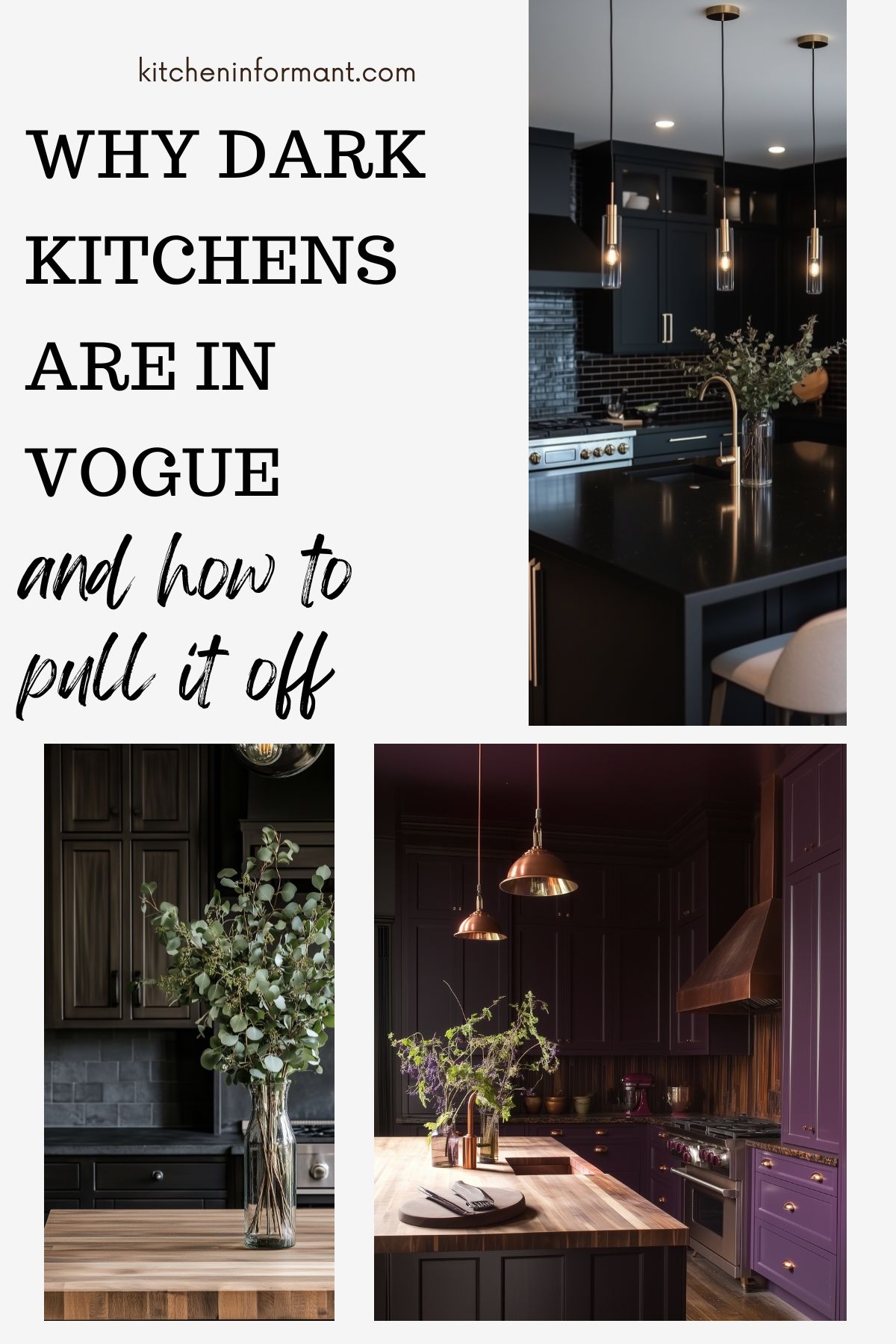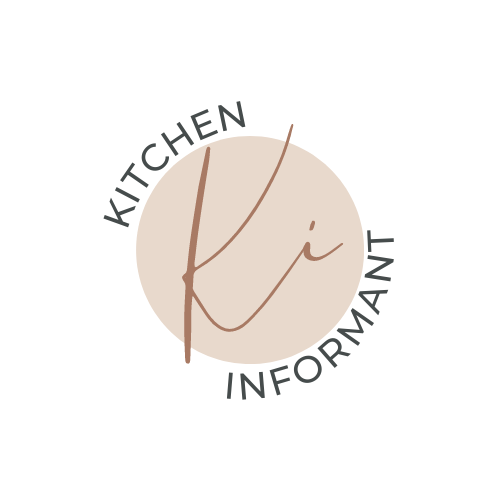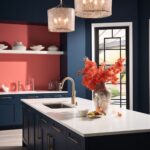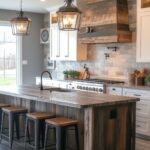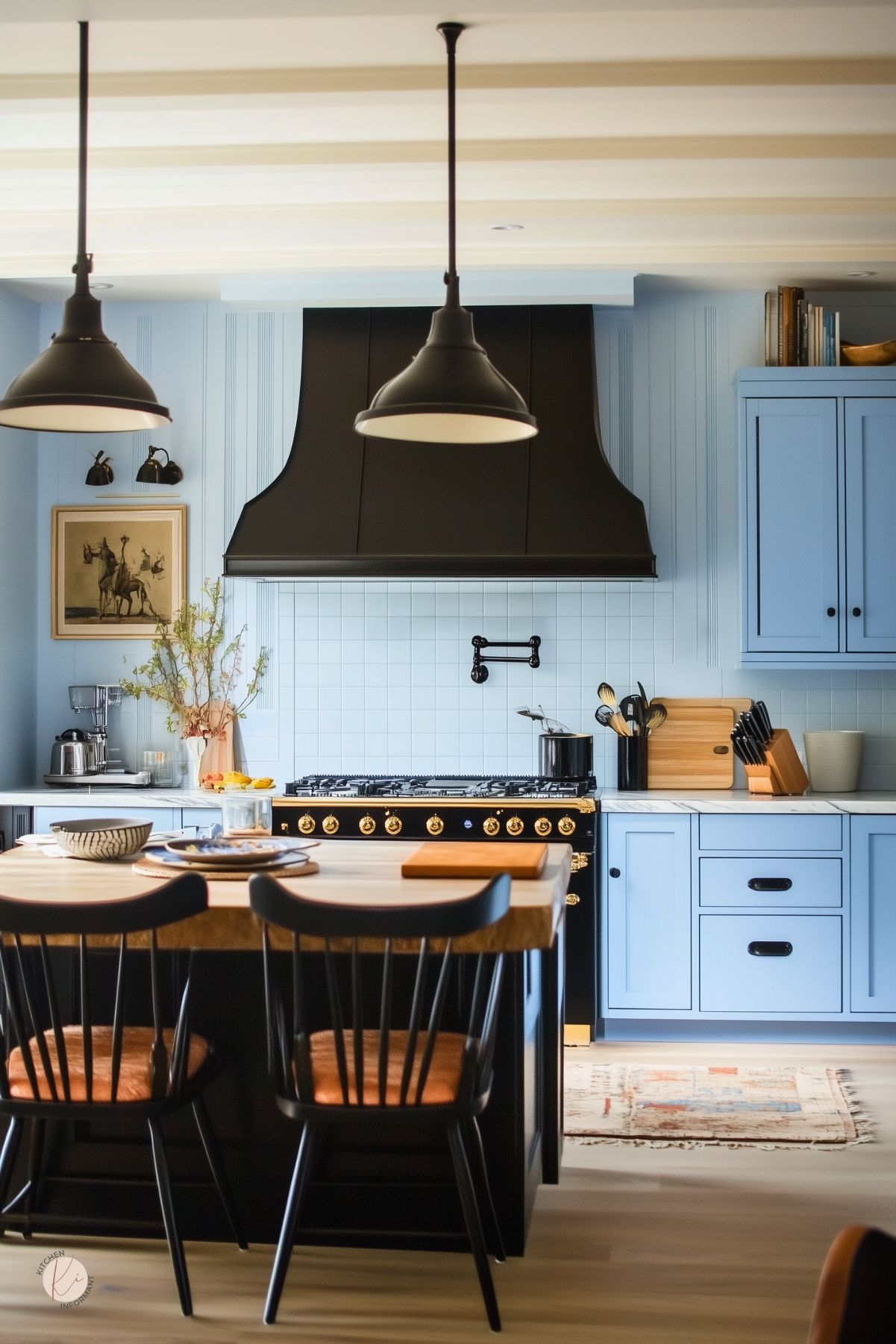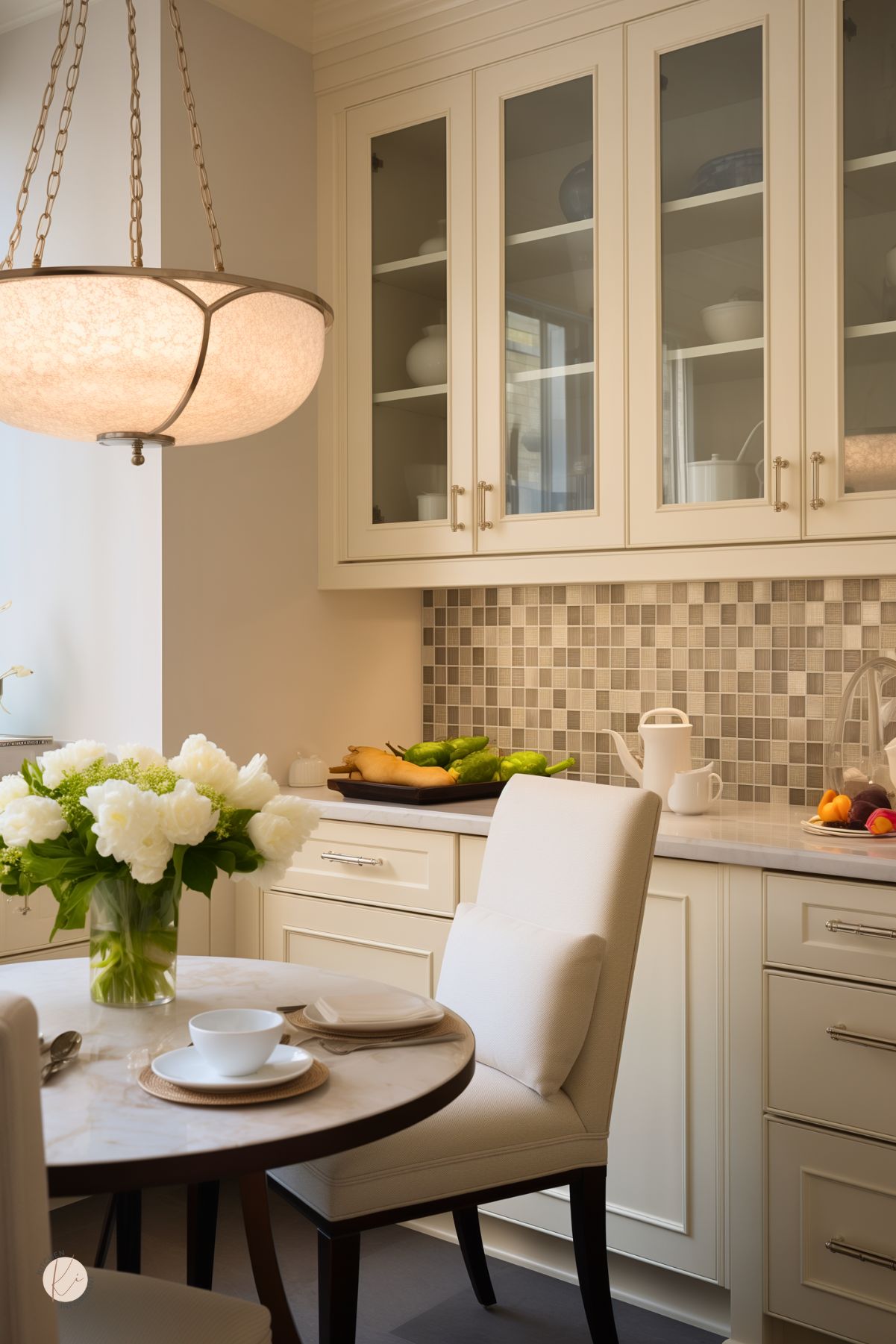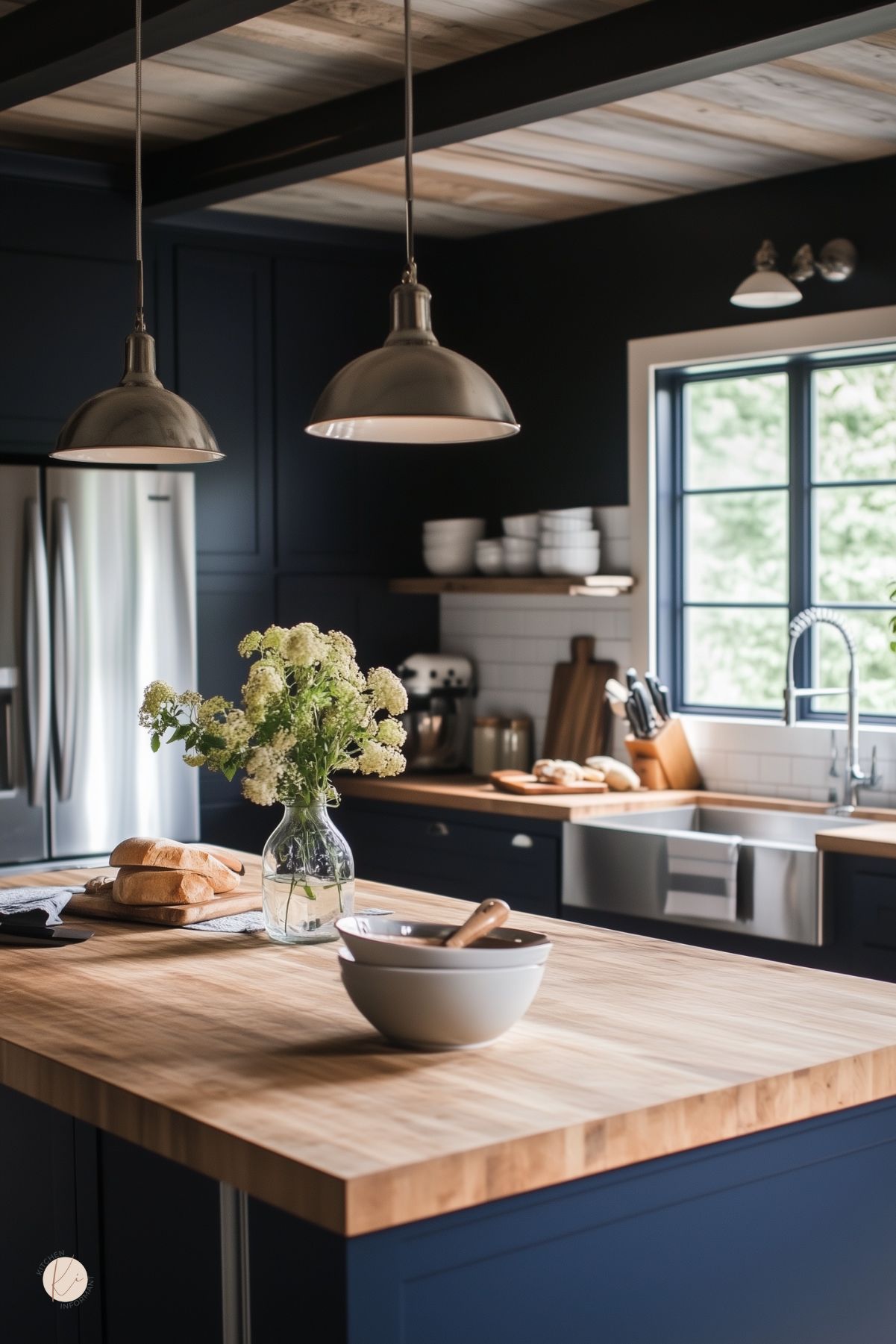Dark kitchens are a trend that has been gaining popularity in recent years. Designers have been using deep tones to create sophisticated and elegant spaces that are both stylish and functional.
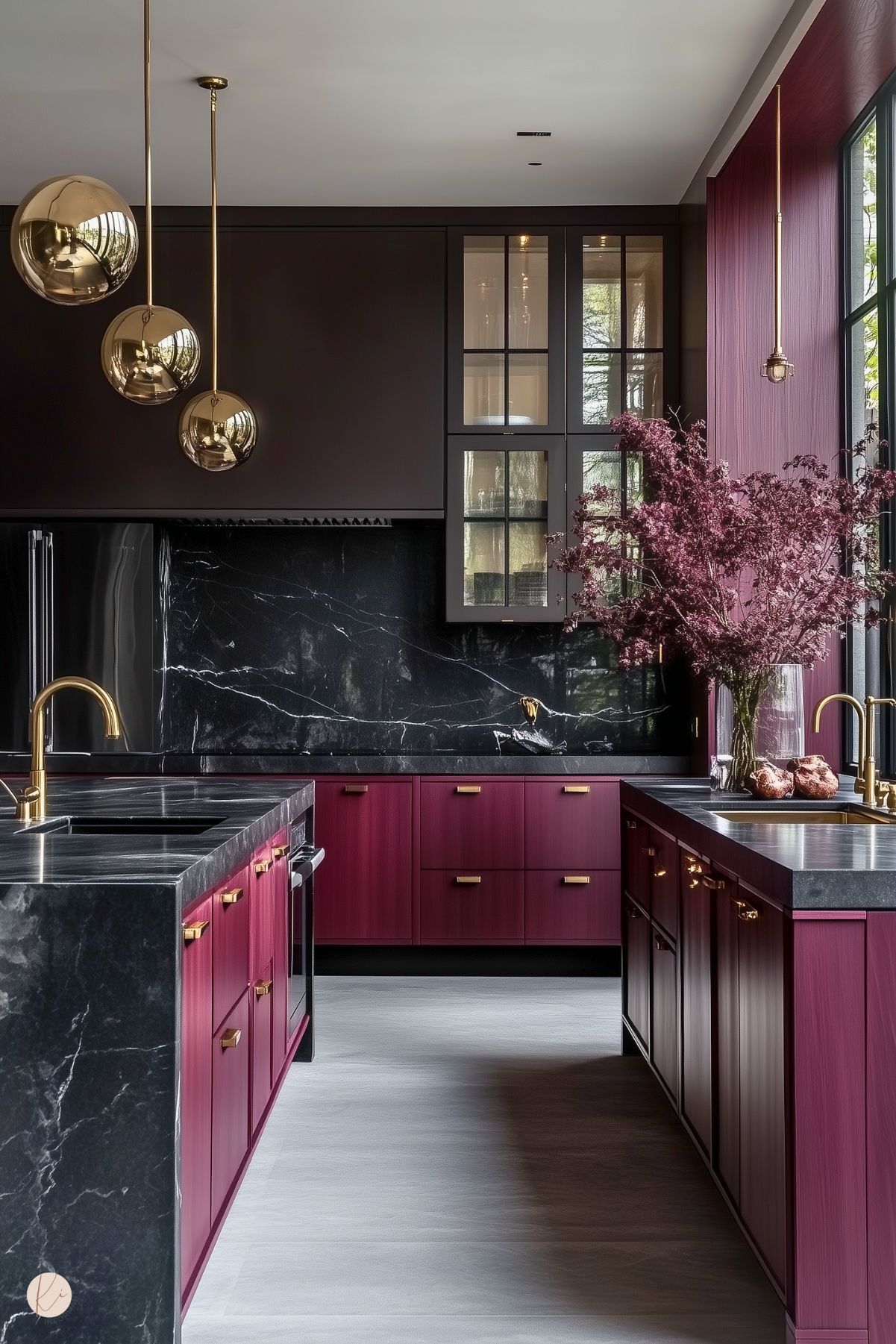
Dark kitchens are in vogue because they offer a bold and dramatic look that is both timeless and modern.
One of the reasons why dark kitchens are so popular is that they create a sense of depth and dimension. The use of dark colors can make a room feel larger and more spacious, which is especially important in small kitchens.
Dark cabinets and countertops can also create a sense of contrast that adds visual interest to the space.
Another advantage of dark kitchens is that they are versatile and can be designed to suit a variety of styles. From traditional to modern, dark kitchens can be customized to fit any aesthetic.
Designers can use a range of materials, such as wood, stone, and metal, to create a unique look that is both functional and beautiful.
With their sleek and sophisticated look, dark kitchens are sure to remain in vogue for years to come.
The Allure of Dark Kitchens
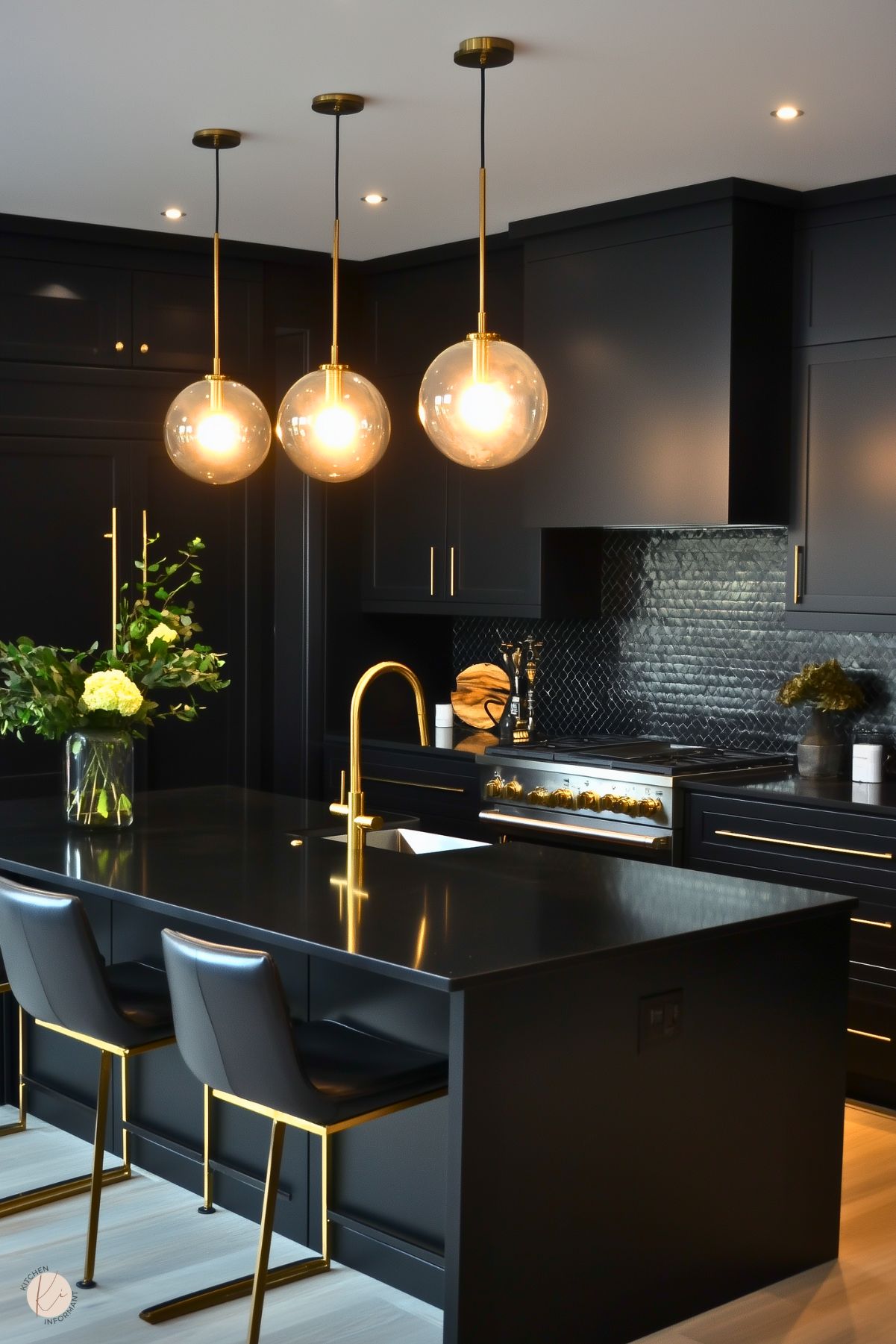
Dark kitchens have been making a comeback in recent years, captivating homeowners with their dramatic allure and undeniable elegance.
In this section, we will explore the psychology of color and design trends that make dark kitchens so appealing.
Psychology of Color
The color black is often associated with sophistication, elegance, and power. It is a color that exudes confidence and authority.
When used in interior design, black can create a sense of drama and intrigue.
Dark kitchens, with their black or dark colored cabinets and countertops, can create a sense of luxury and style that is hard to ignore.
In addition to its psychological associations, black is also a practical color for kitchens. It is a forgiving color that hides stains and scratches well, making it a popular choice for busy families.
Design Trends
Dark kitchens are a trend that is here to stay. Designers are increasingly incorporating dark colors into their kitchen designs, creating a look that is both modern and timeless.
One design trend that is particularly popular is the use of contrasting colors. For example, pairing dark cabinets with light countertops can create a striking contrast that is both visually appealing and functional.
This approach can also help to balance out the dark color palette, preventing the kitchen from feeling too heavy or oppressive.
Another trend is the use of natural materials such as wood and stone.
These materials can add warmth and texture to a dark kitchen, creating a cozy and inviting atmosphere. They can also help to soften the look of the dark colors, making the space feel more welcoming.
Elements of Dark Kitchen Design

Materials and Textures
When it comes to designing a dark kitchen, choosing the right materials and textures is crucial.
Dark colors tend to absorb light, so it’s essential to incorporate contrasting elements to create depth and interest.
One popular option for dark kitchen cabinets is matte finishes. Matte finishes don’t reflect as much light as glossy finishes, which can make dark colors look even darker.
Additionally, matte finishes can help to create a more modern and sophisticated look.
Another way to add texture to a dark kitchen is by incorporating natural materials such as wood or stone.
These materials can help to break up the monotony of dark colors and add warmth and visual interest to the space.
Lighting Considerations
Lighting is a crucial element of any kitchen design, but it’s especially important in a dark kitchen.
Good lighting can help to brighten up the space and prevent it from feeling too gloomy.
One option for lighting a dark kitchen is to incorporate under-cabinet lighting. This type of lighting can help to brighten up workspaces and countertops, making it easier to see what you’re doing while you cook.
Another option is to use pendant lights or chandeliers to add a touch of glamour and sophistication to the space.
These types of lights can also help to create a focal point in the room and draw the eye upward, which can help to make the space feel larger.
When choosing lighting for a dark kitchen, make sure to consider both the color temperature and the brightness of the bulbs.
Warm white bulbs can help to create a cozy and inviting atmosphere, while cool white bulbs can make the space feel more modern and sleek.
Advantages of Dark Kitchens
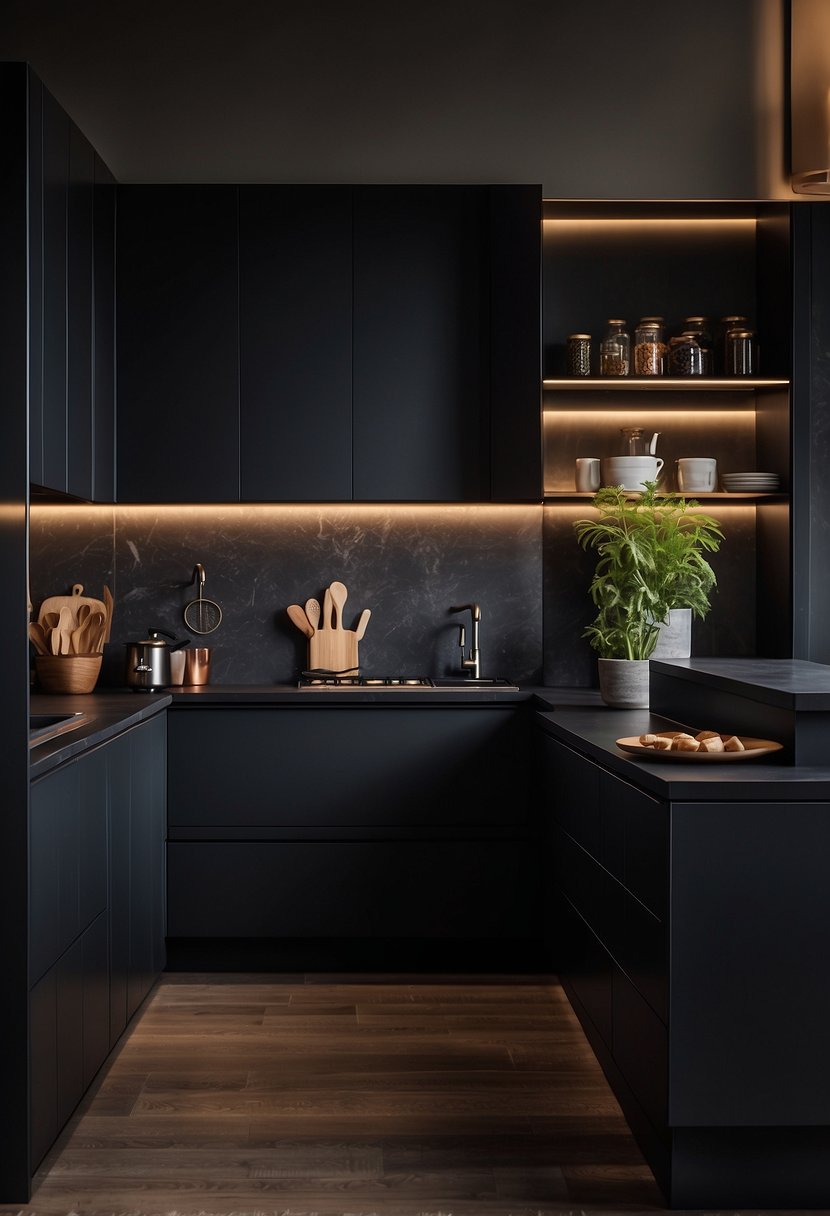
Dark kitchens are becoming increasingly popular, and for good reason. Here are some of the advantages of having a dark kitchen.
Stain Resistance
One of the biggest advantages of dark kitchens is their stain resistance.
Dark colors are great at hiding stains and spills, making them ideal for busy families and those who love to cook.
With a dark kitchen, you won’t have to worry about every little spill or stain ruining the look of your kitchen.
Timelessness
Another advantage of dark kitchens is their timelessness. While trends come and go, dark kitchens are always in style.
They have a classic, sophisticated look that never goes out of fashion. Plus, they’re versatile enough to work with a variety of design styles, from traditional to modern.
In addition to being timeless, dark kitchens also add a touch of elegance and drama to any home.
They create a cozy, intimate atmosphere that’s perfect for entertaining guests or just relaxing with family.
Incorporating Dark Tones
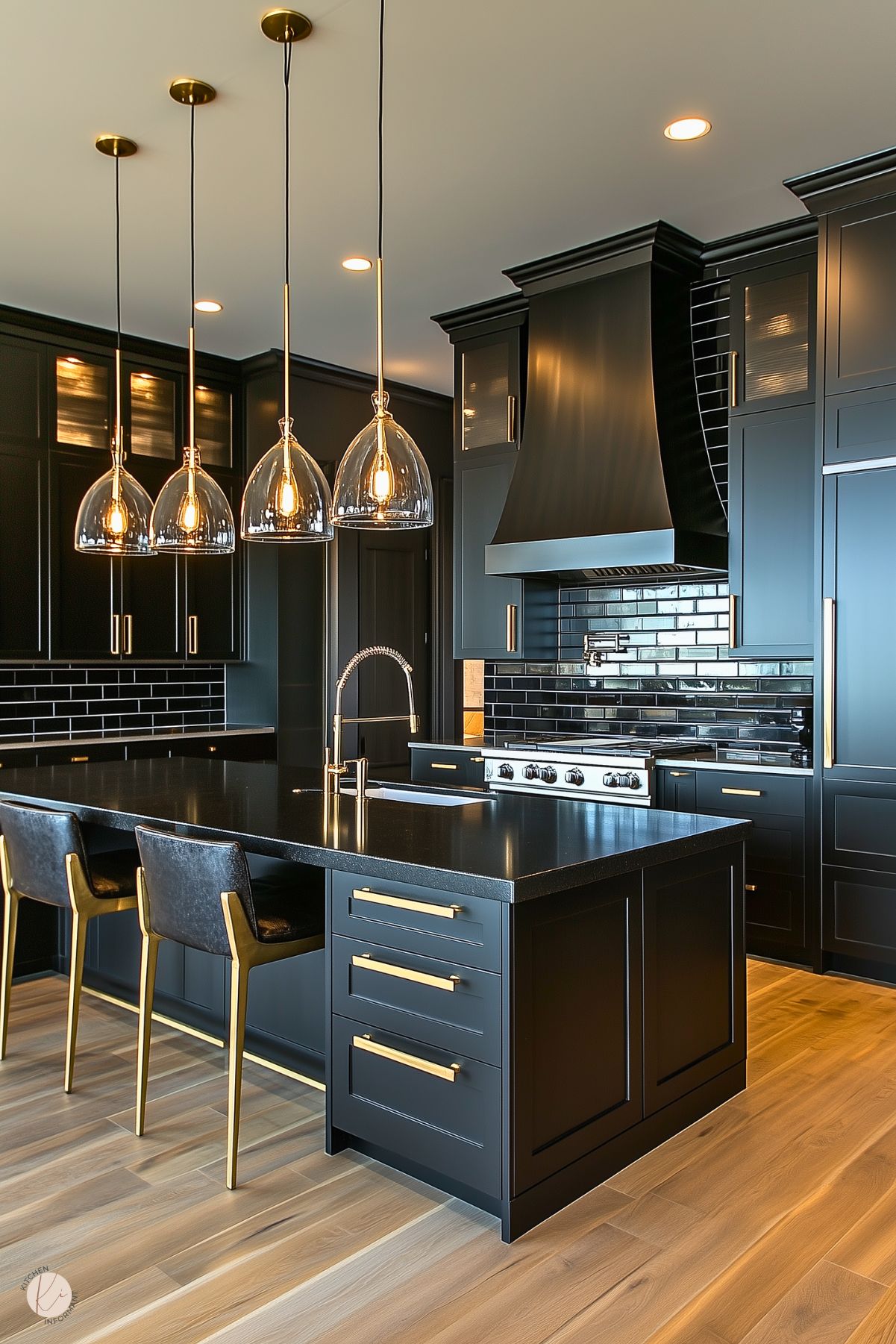
Dark kitchens are all the rage right now, but incorporating deep tones into your kitchen design can be tricky.
Here are some tips on how to balance dark tones with light features and accent pieces.
Balancing with Light Features
One way to balance out the darkness of a dark kitchen is to incorporate light features.
Light-colored countertops, backsplashes, and flooring can help brighten up the space and prevent it from feeling too heavy. For example, a white marble countertop would look stunning against dark cabinets.
Another way to add light features is to incorporate lighting.
Pendant lights, under-cabinet lighting, and even chandeliers can help brighten up the space and create a warm, inviting atmosphere.
Accent Pieces
Accent pieces are another way to incorporate dark tones into your kitchen design. Dark-colored accessories such as vases, bowls, and even kitchen appliances can add depth and interest to the space.
One popular accent piece is a dark-colored kitchen island. A dark island can serve as a focal point in the kitchen and add a touch of sophistication.
Another way to incorporate accent pieces is to use dark-colored textiles. Dark-colored curtains, rugs, and even dish towels can add depth and texture to the space.
Incorporating dark tones into your kitchen design can be a daunting task. But with the right balance of light features and accent pieces, you can create a stunning and inviting space.
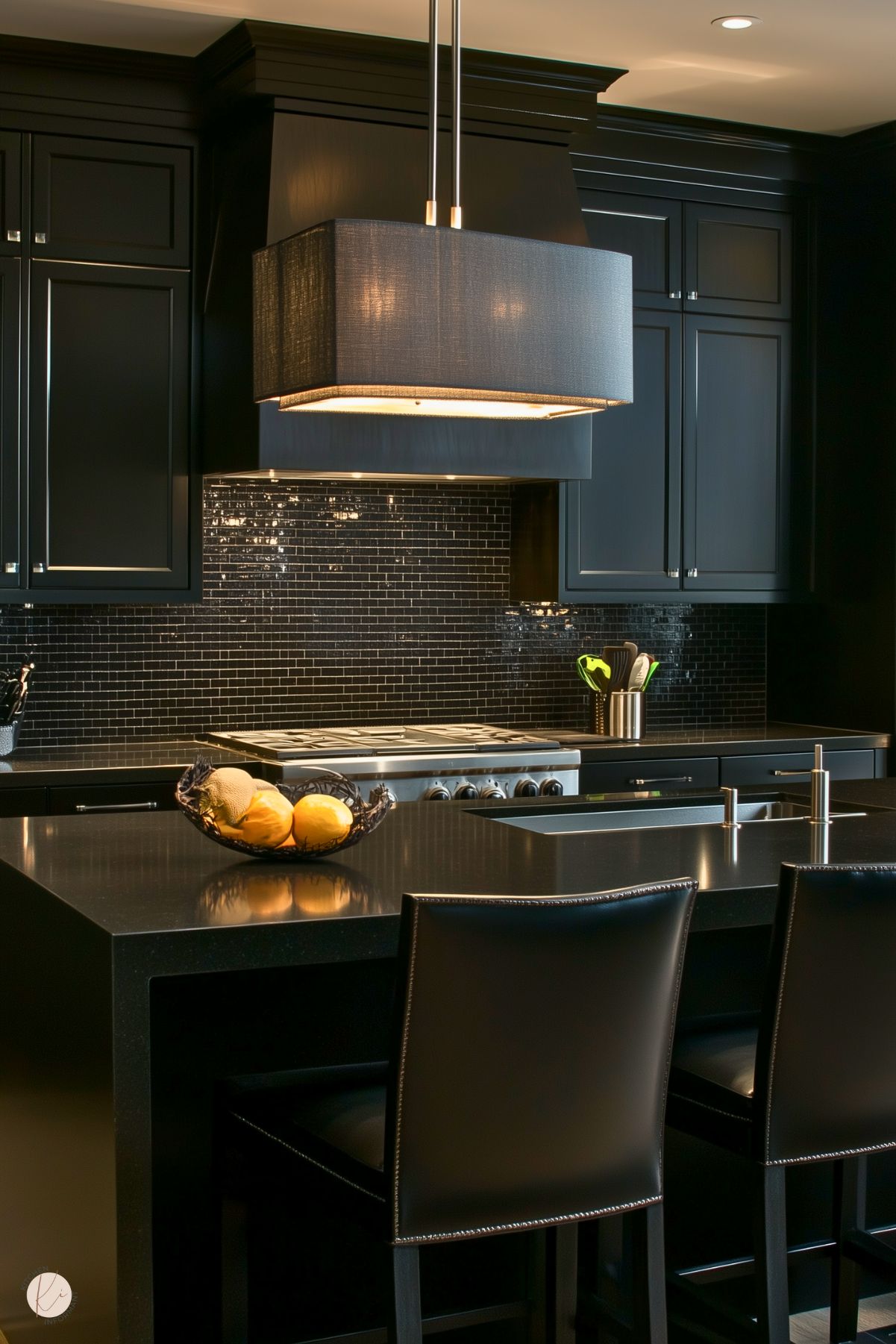
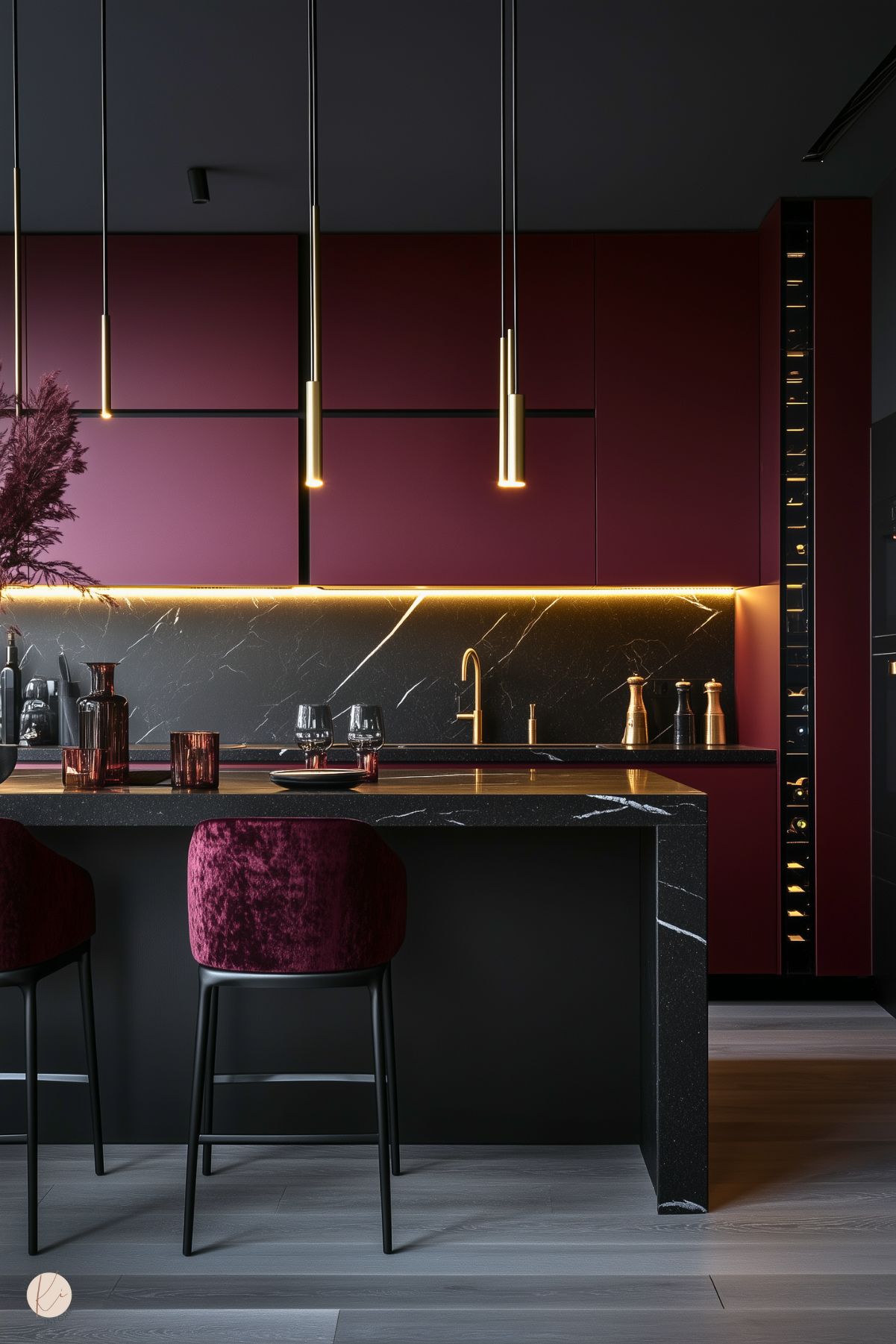
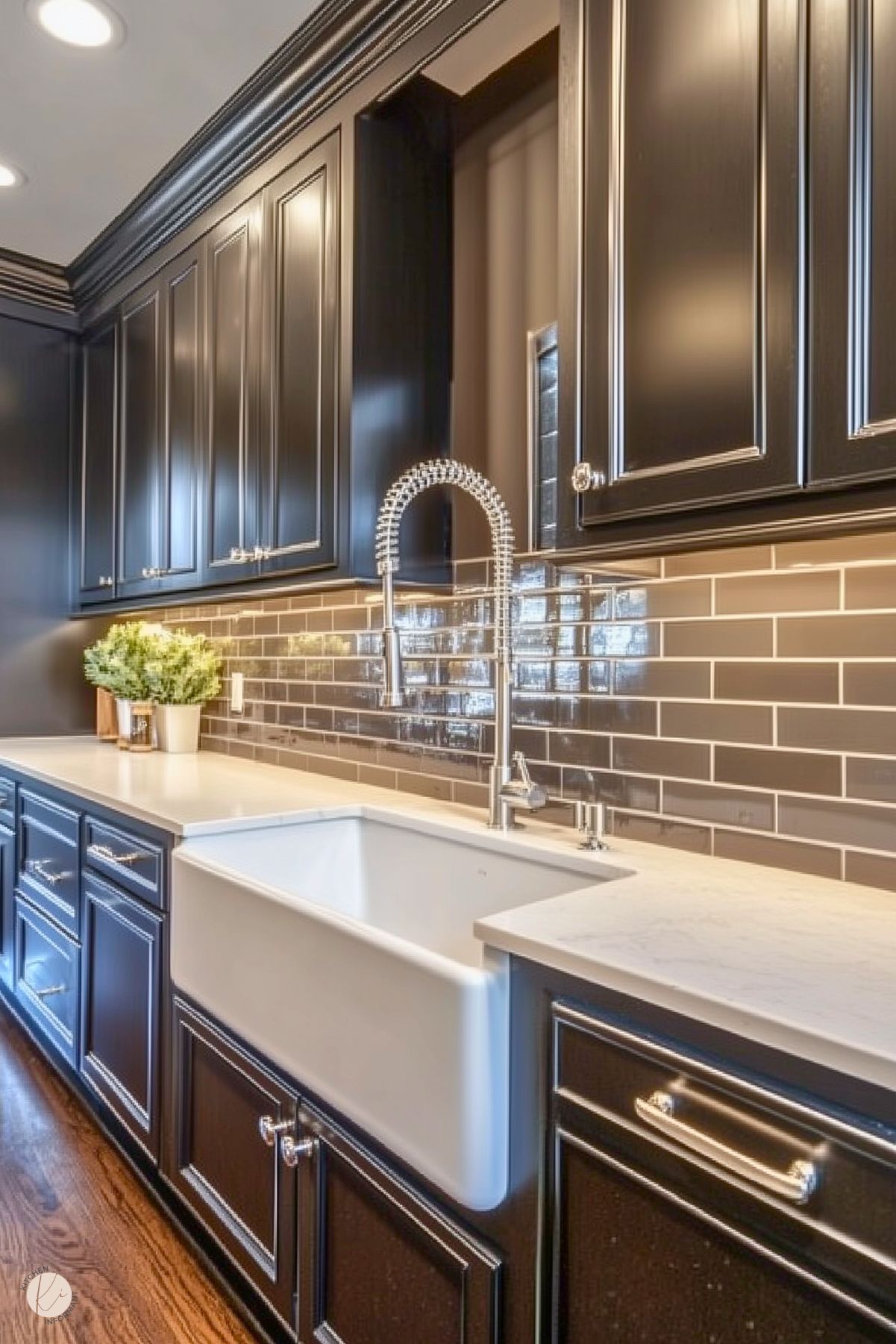
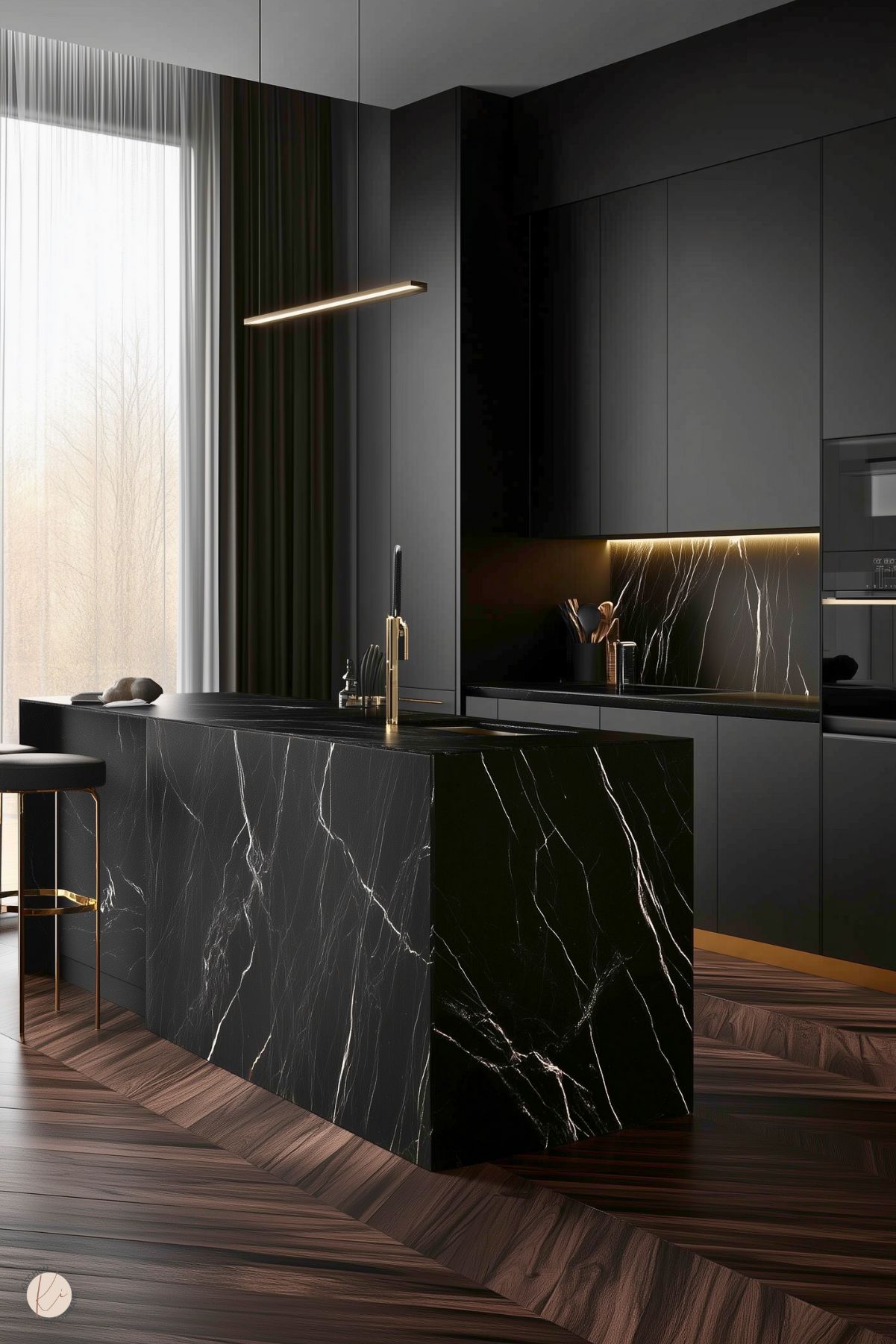
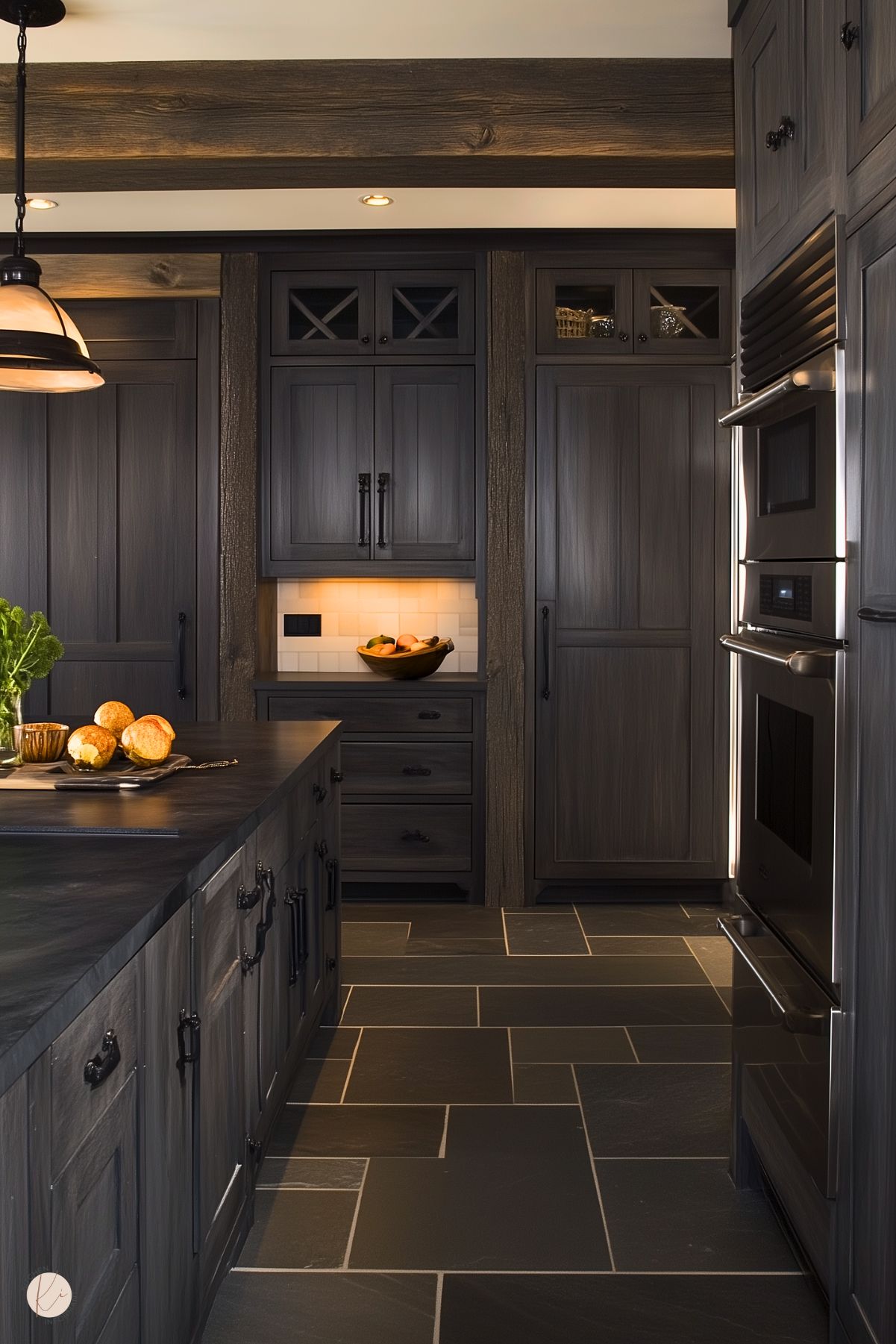
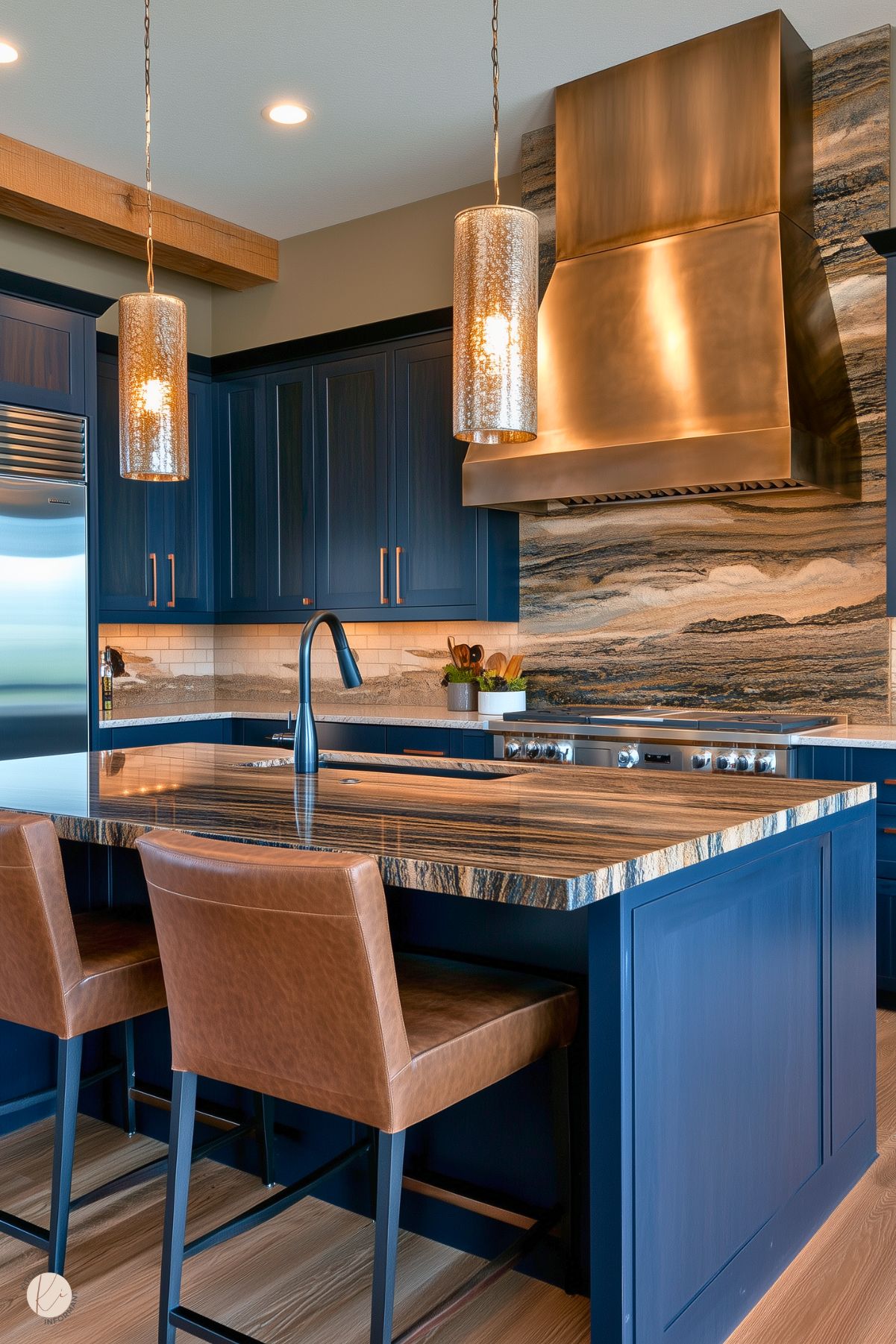
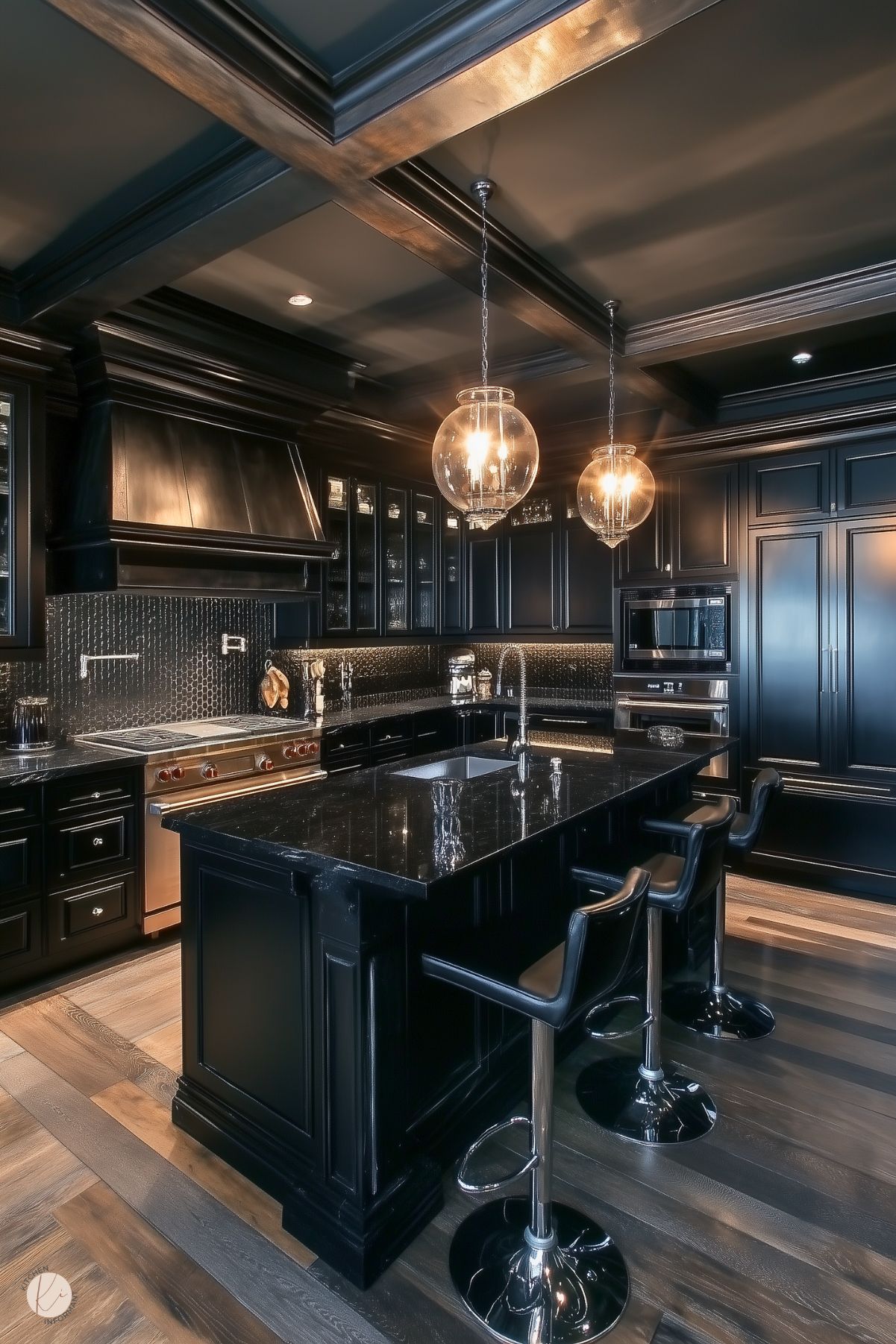
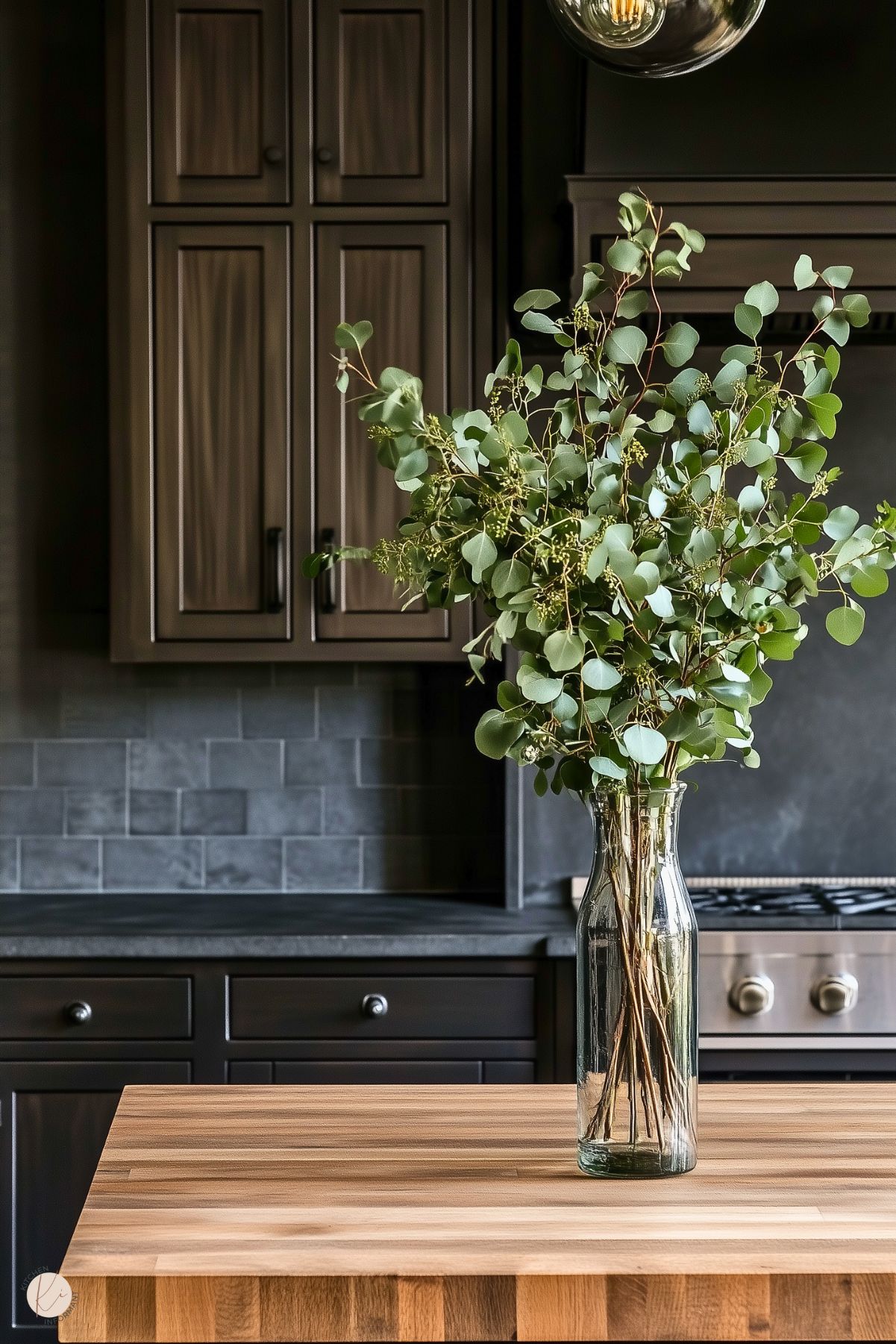
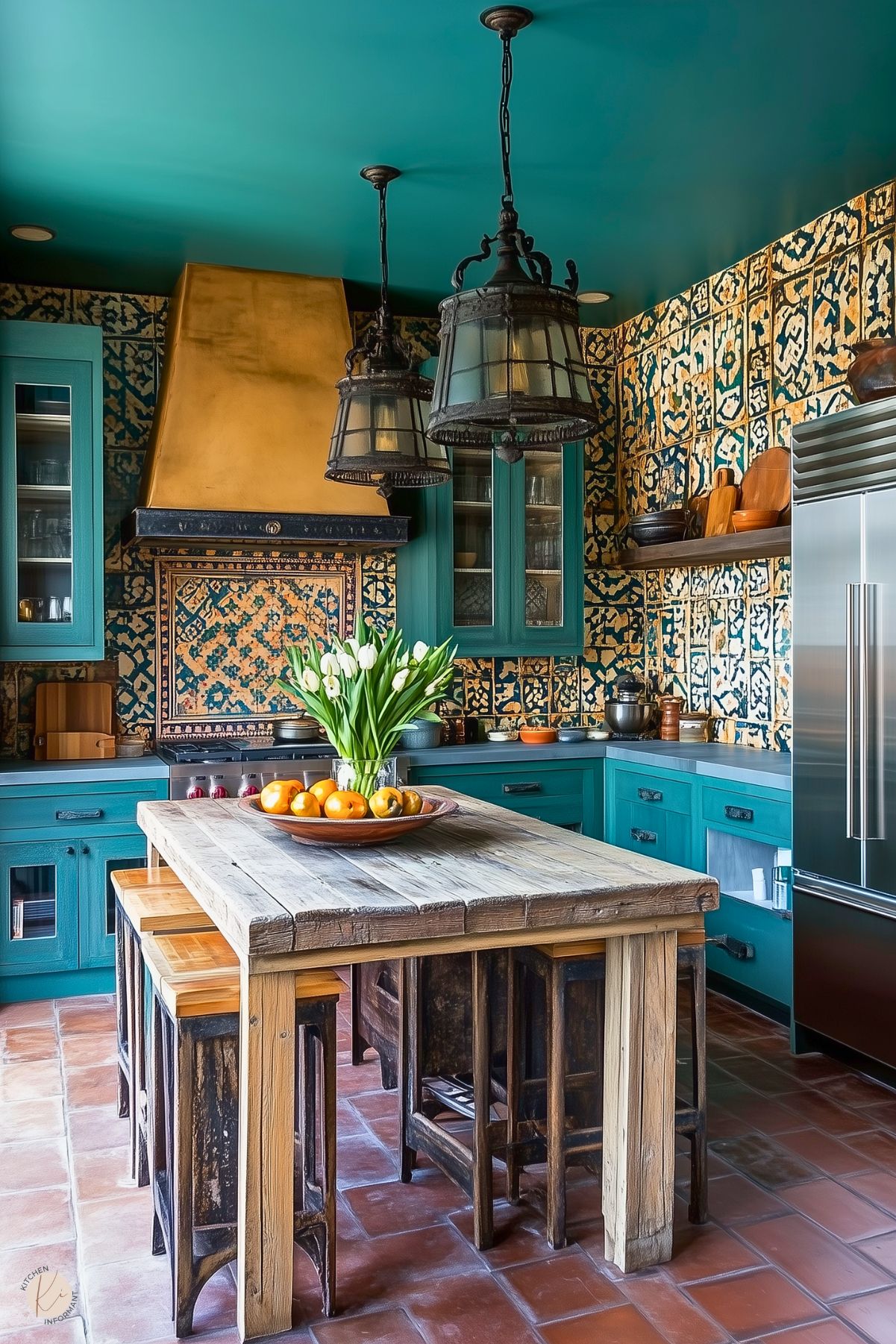
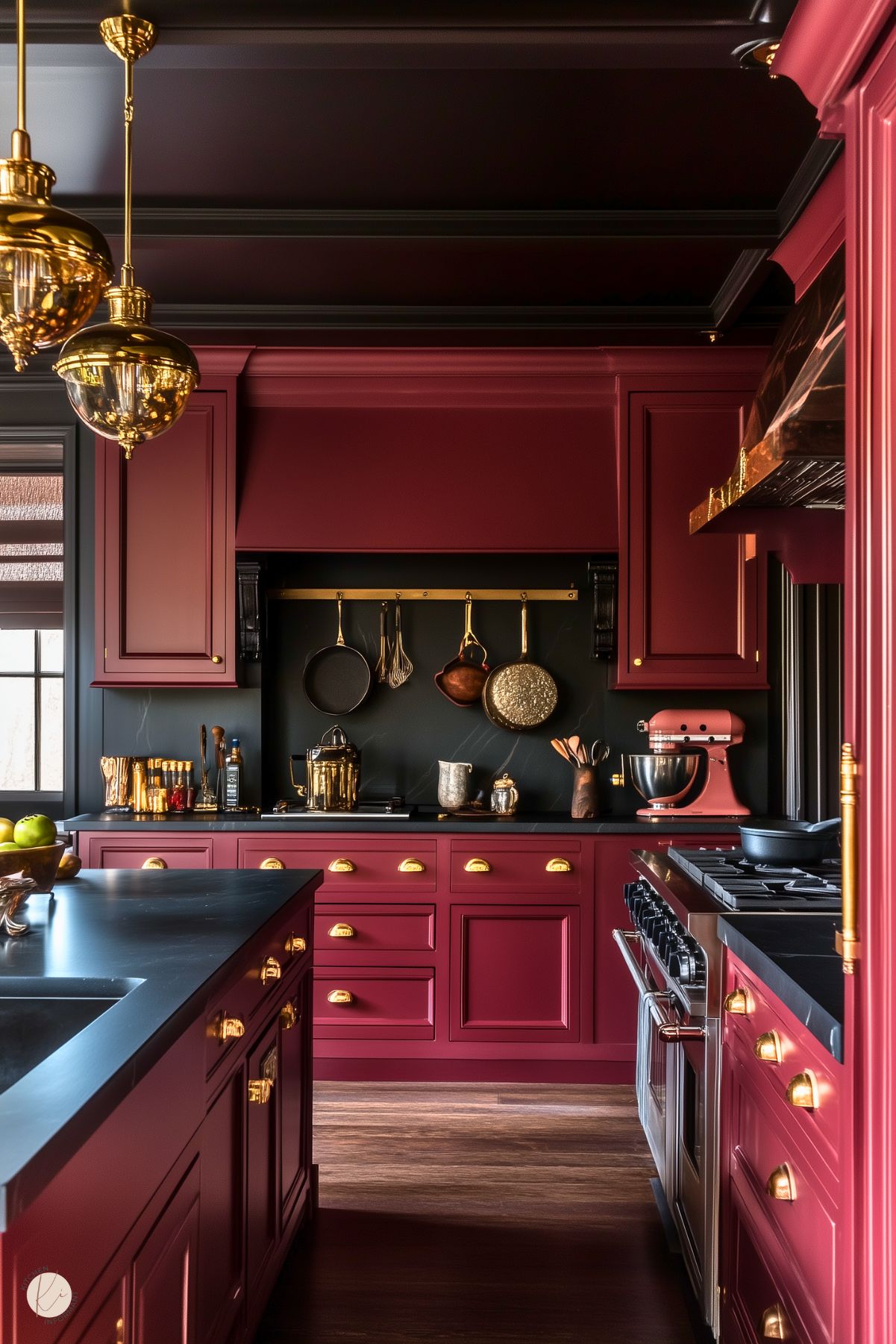
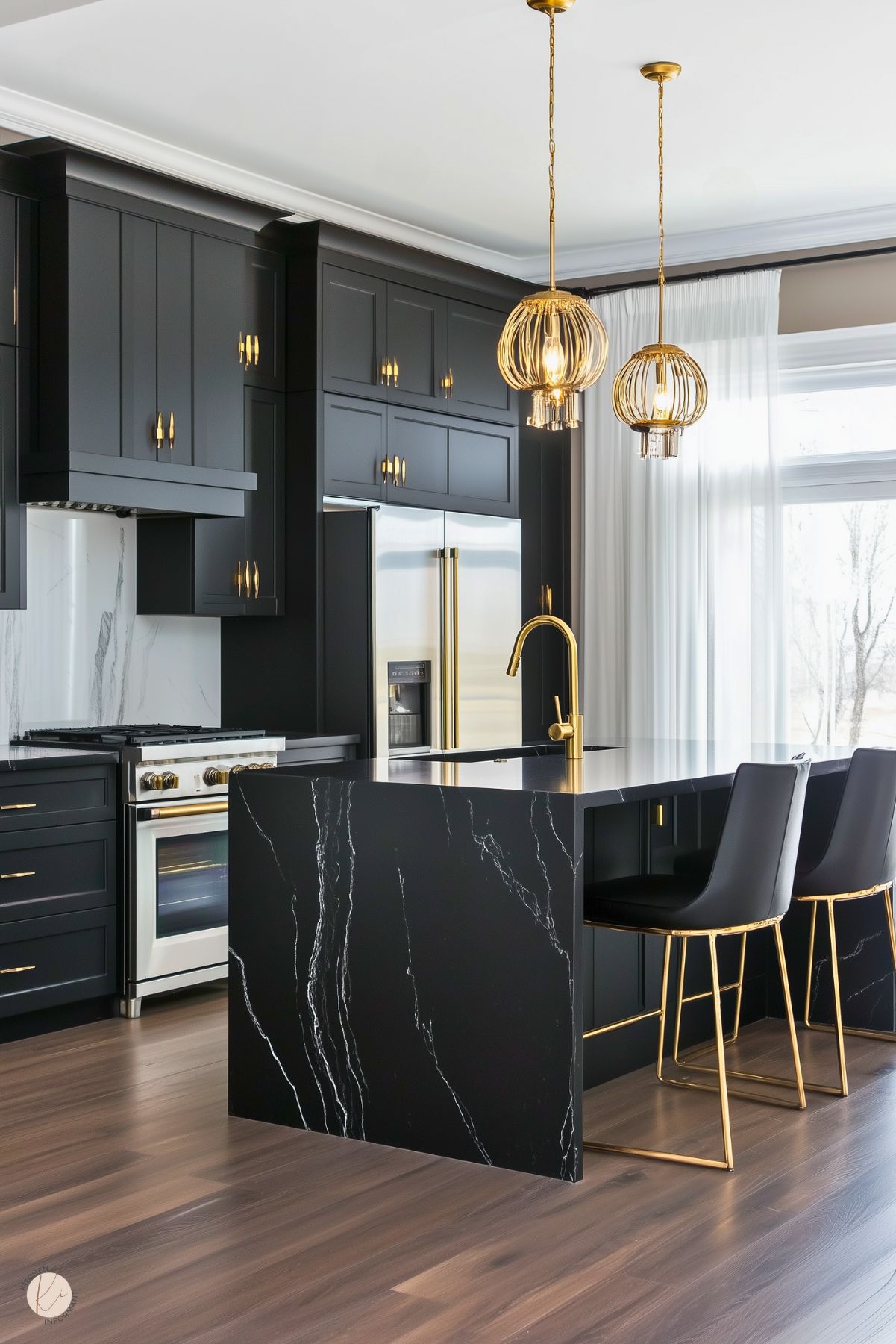
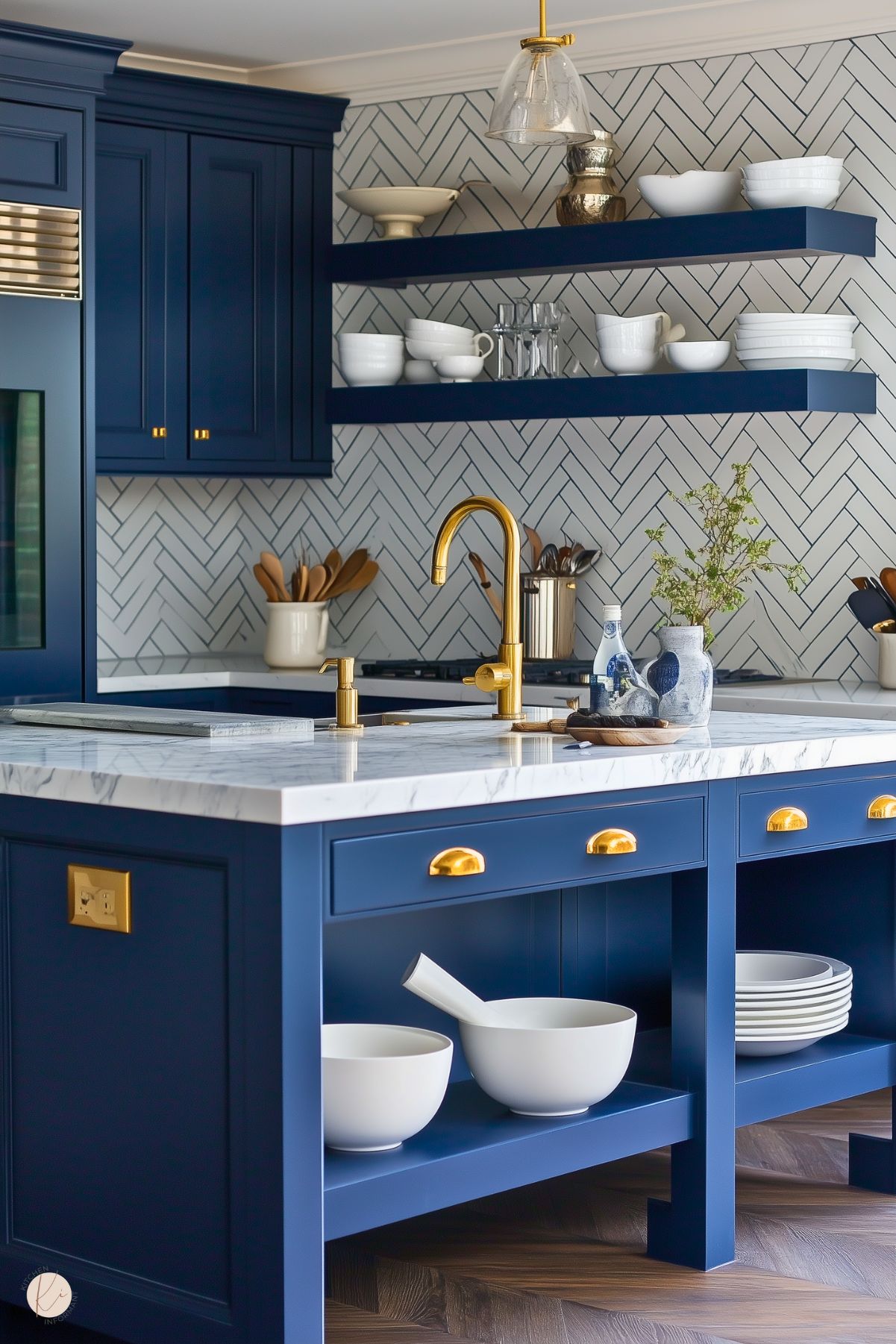
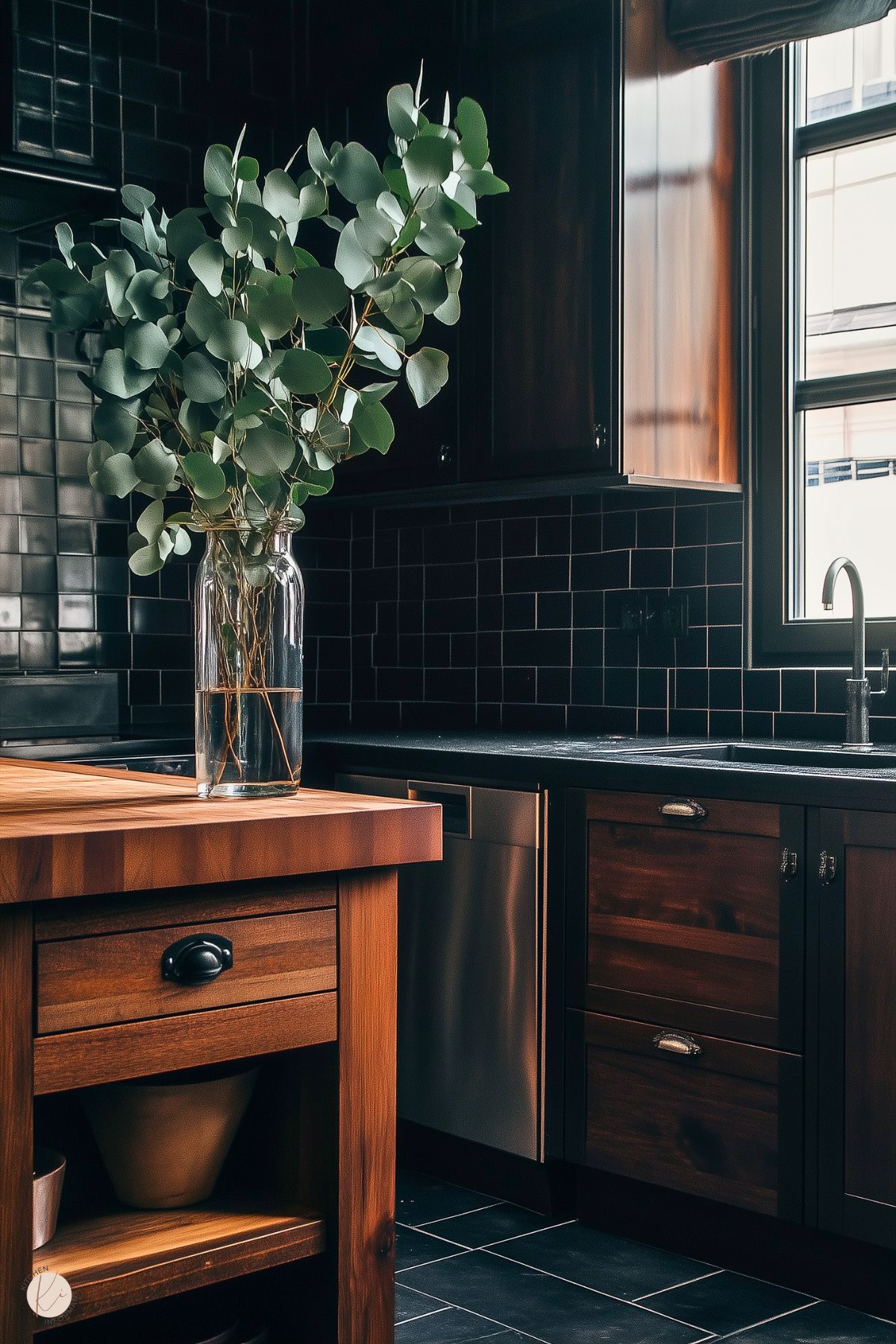
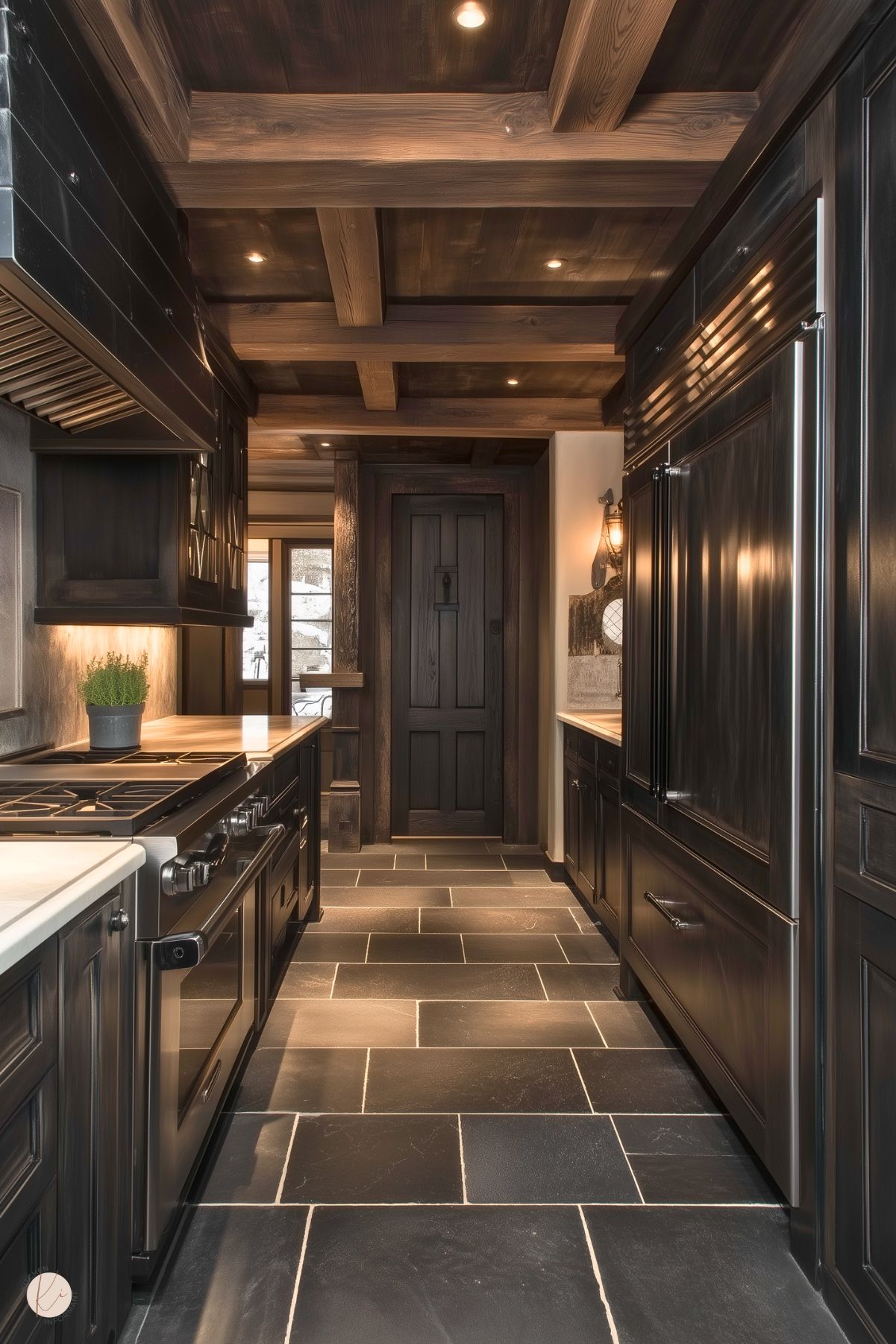
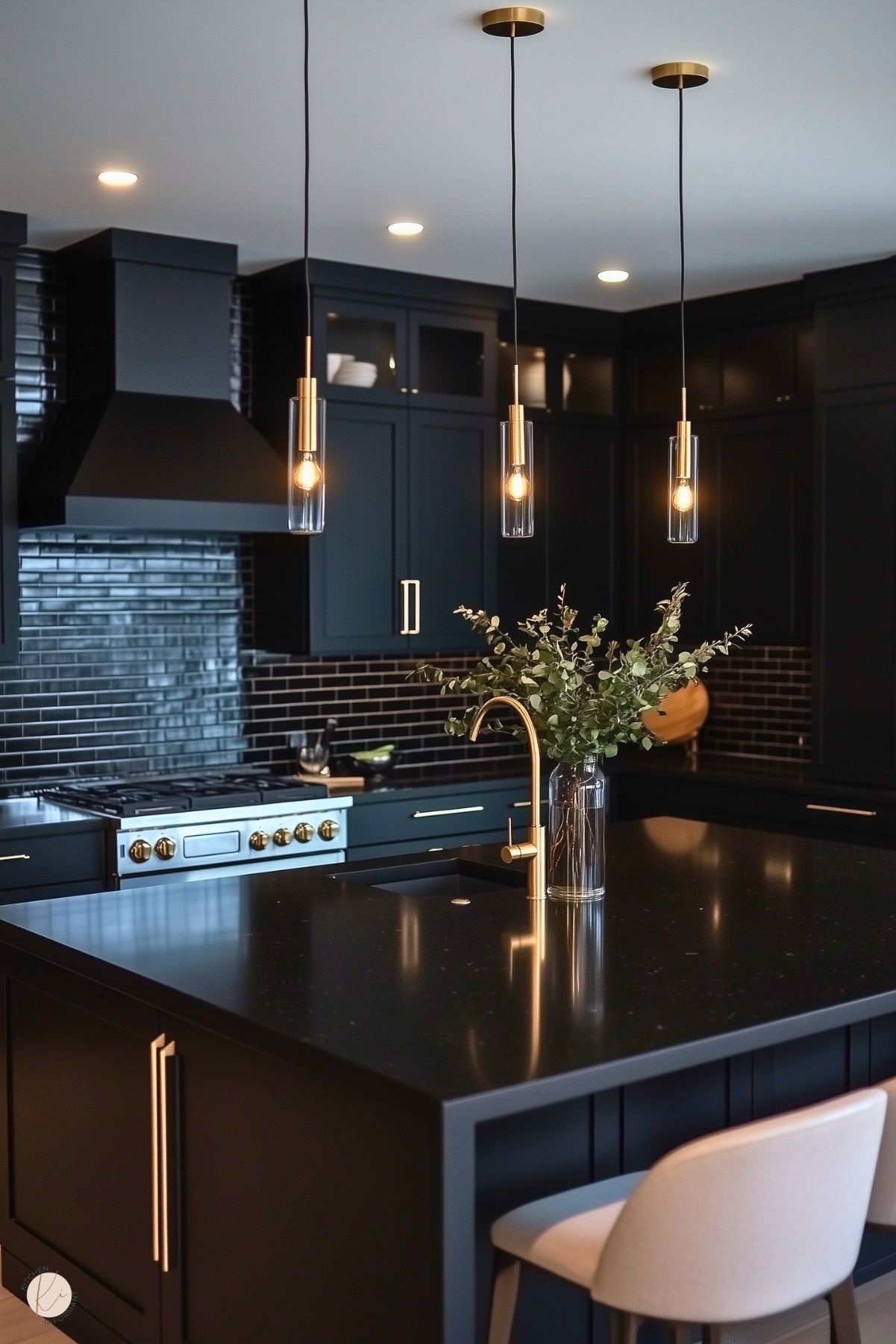
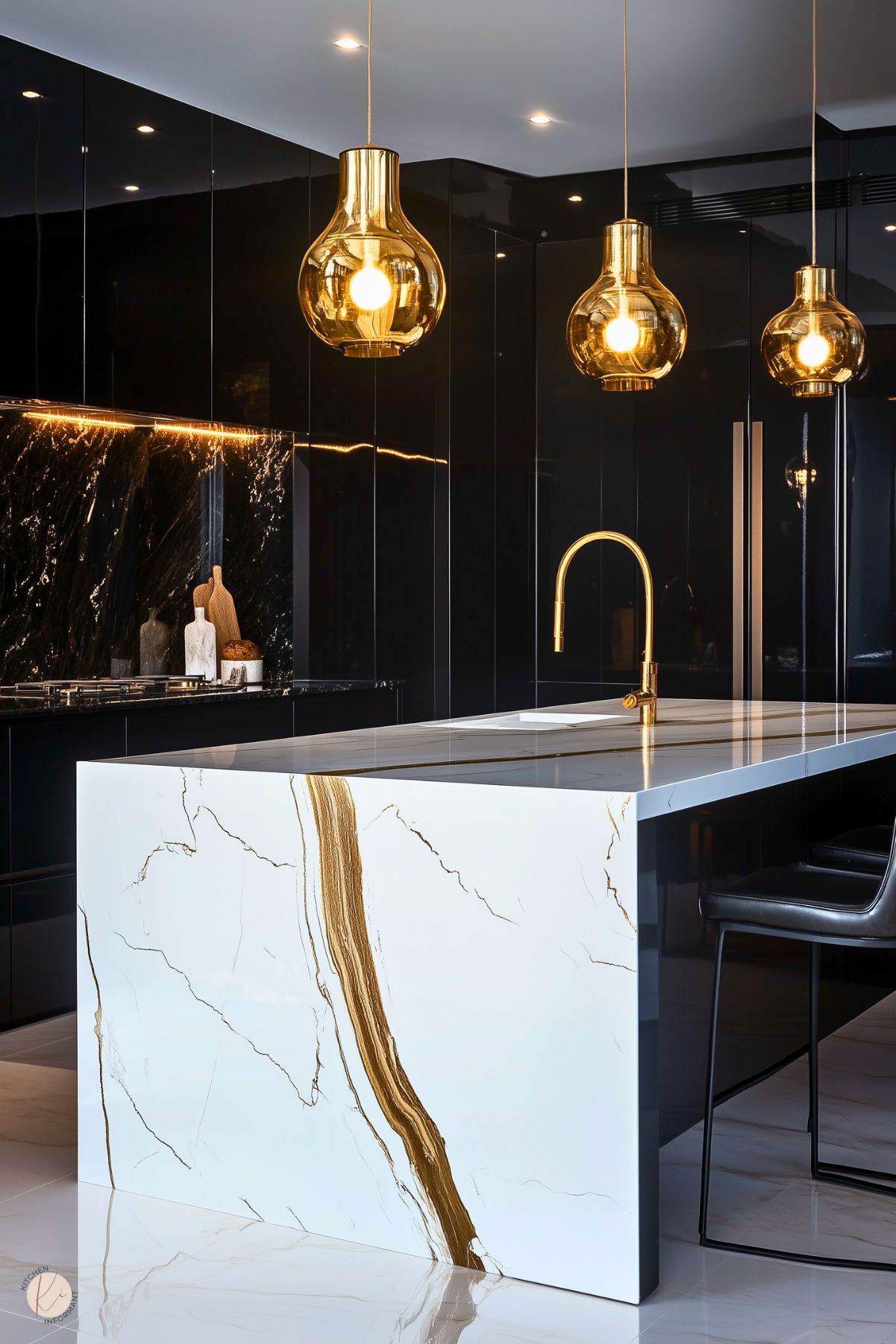
You May Also Like:
